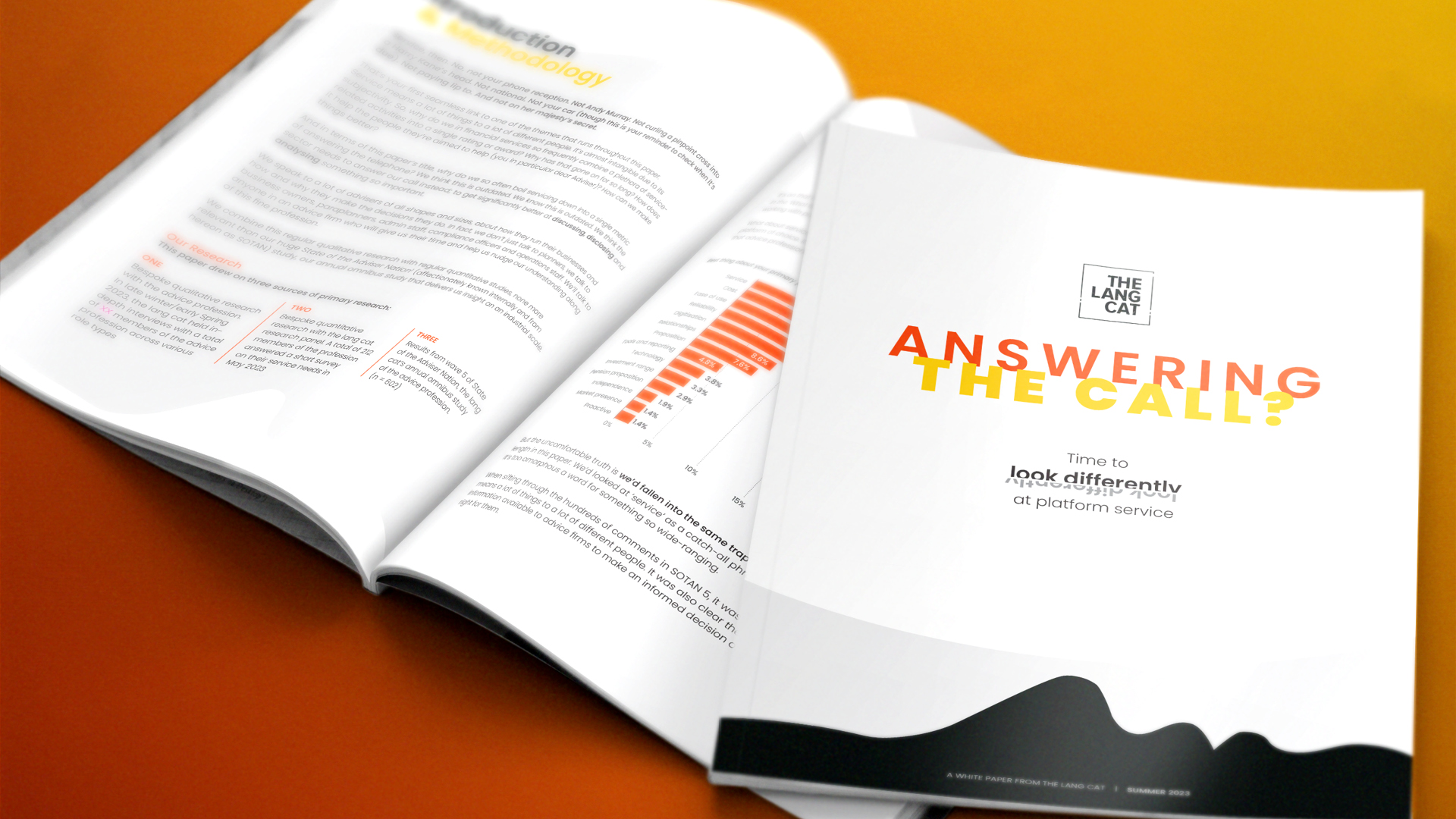Greetings – Mike here. Today is launch day for our 2025 Advice Gap report, so, fresh from the glittering launch event in London earlier this morning, here are a few highlights…
First up, the important business of where you can actually read the report. This year we’ve created a brand-new website, www.theadvicegap.co.uk. Thanks to the generosity of our sponsors, AJ Bell Touch, Just Group, Quilter and Royal London, the full report is available for free via this new site, as well as various bite-sized chunk articles if you prefer to consume #content in a lighter bite way.
This study is one of our most in-depth exercises of the year, combining both adviser and consumer research (conducted on our behalf by YouGov). Now in its 10th year, it is clear that this is a subject the advice profession is hugely passionate about. The quality and quantity of responses we had from our Adviser Panel was almost overwhelming, with over 6,000 words received. Thanks to each and every one of you who took part. We’ve used as many of your words as possible in the main report.
At the highest level we define the advice gap as the difference between those who have and haven’t received paid for advice in the last two years. For the second year running this comes in at 9% and 91% respectively. We’ll come back to the 9% in a bit, but in the main it is the 91% who haven’t paid for advice who are the primary focus of this study.
Amongst this cohort one in five say they are likely to do so at some point in the future. To quote one of our adviser survey respondents, “It seems there are a significant number of people who need advice and would benefit from it, whether that’s financially or from the peace of mind that advice brings. But they can’t access it because it either costs too much, or the services they need are just not profitable at those levels for companies. Finding a solution would not only help those people but open up a huge untapped client list.”
Our survey respondent is spot on, and this is what the report explores in detail. However, if there is one thing we have learnt from a decade’s worth of advice gap research, it’s that there are multiple issues at play with a distinct lack of ‘silver bullet’ to address them. We need policymakers, regulators, providers and the advice profession itself to take action. Despite advice being the central subject of this debate, I’m concerned that the changes are being driven by all the other parties. The advice profession should be taking more of a lead regarding the Advice/Guidance boundary review.
One way to help increase the number of people paying for advice would be for more people to understand its value. Returning to the 9% who have paid for advice in the last two years, an overwhelming 91% found it helpful, with only 7% saying the opposite. This is a huge endorsement for the value of advice and reflects the quality of outcomes the profession should be recognised as consistently delivering, but despite that, lack of trust (in financial advisers) remains one of the biggest barriers to adopting advice. Again, the profession needs to be taking the lead here, but especially so as new simplified advice services start emerging. It is vital that consumers understand what these new services are intending to deliver, otherwise there is a danger they will simply focus on price. I’ve only scratched the surface of this year’s report and with a looming word limit I’ll need to leave it there for now, apart from one final shout out. I mentioned earlier we deliberately tried to include as many adviser voices as possible in the report. This includes three firms who are actually doing something to attempt to address the advice gap. I hope you’ll find these case-studies especially interesting, and huge thanks to Jo Wall (Joyful Wealth), Nick Arbin (Embrace Financial Consulting) and Susan Pringle (Henderson Loggie) for giving us their time and insights.
And to close, the new Stereolab album is a joy, but it is summer and that means digging out the classics…





